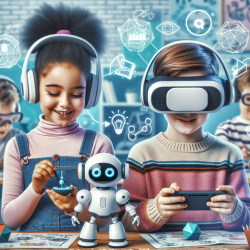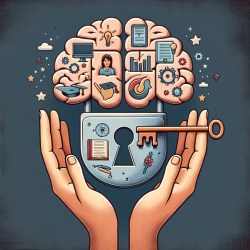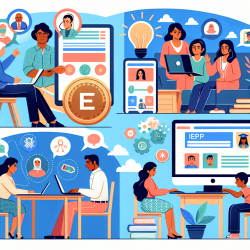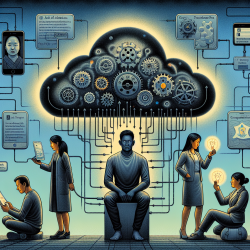Inclusive education remains one of the most significant challenges in modern education. Finding innovative tools to adapt teaching processes for children with disabilities is crucial. Recent research, such as the study titled Exploring the Opportunity to Use Virtual Reality for the Education of Children with Disabilities, highlights the potential of Virtual Reality (VR) technology in enhancing learning experiences for these children.
The Potential of VR in Inclusive Education
The study, conducted among 31 specialists working with children with disabilities, revealed several promising opportunities for VR in education:
- Engagement and Motivation: VR can present information in an engaging and attractive way, capturing children's attention and making learning more enjoyable.
- Accessibility: VR allows children to virtually visit places that are otherwise inaccessible, helping them explore new environments and reduce frustration caused by physical limitations.
- Relaxation and Focus: VR can be used for relaxation, especially for children who find comfort in specific environments or activities, such as being around animals.
- Skill Development: VR can aid in the development of cognitive and social skills, providing immersive experiences that enhance learning and interaction.
Specialists' Proposals for VR Applications
The specialists suggested several applications of VR that could significantly improve the educational process for children with disabilities:
- Mathematics: Visualizing geometric figures in space and building new shapes.
- Science: Simulating geological processes, the water cycle, and exploring natural environments.
- Biology: Learning about the human body and understanding the importance of hygiene.
- Adaptation to Life Situations: Practicing social skills and overcoming fears and phobias.
Who Can Benefit from VR?
While VR offers numerous benefits, it is not suitable for all children with disabilities. Specialists identified categories of children who could benefit from VR, including those who are passionate about technology, not anxious about new experiences, and have physical rather than cognitive disabilities. However, they also noted that VR might not be appropriate for children with epilepsy, claustrophobia, or severe forms of autism.
Conclusion and Implications
The study concludes that VR has the potential to be a powerful tool in inclusive education, helping children with disabilities access new learning opportunities and experiences. However, it is essential to test VR applications before widespread use and ensure that they are tailored to the specific needs of each child.
To read the original research paper, please follow this link: Exploring the Opportunity to Use Virtual Reality for the Education of Children with Disabilities.










